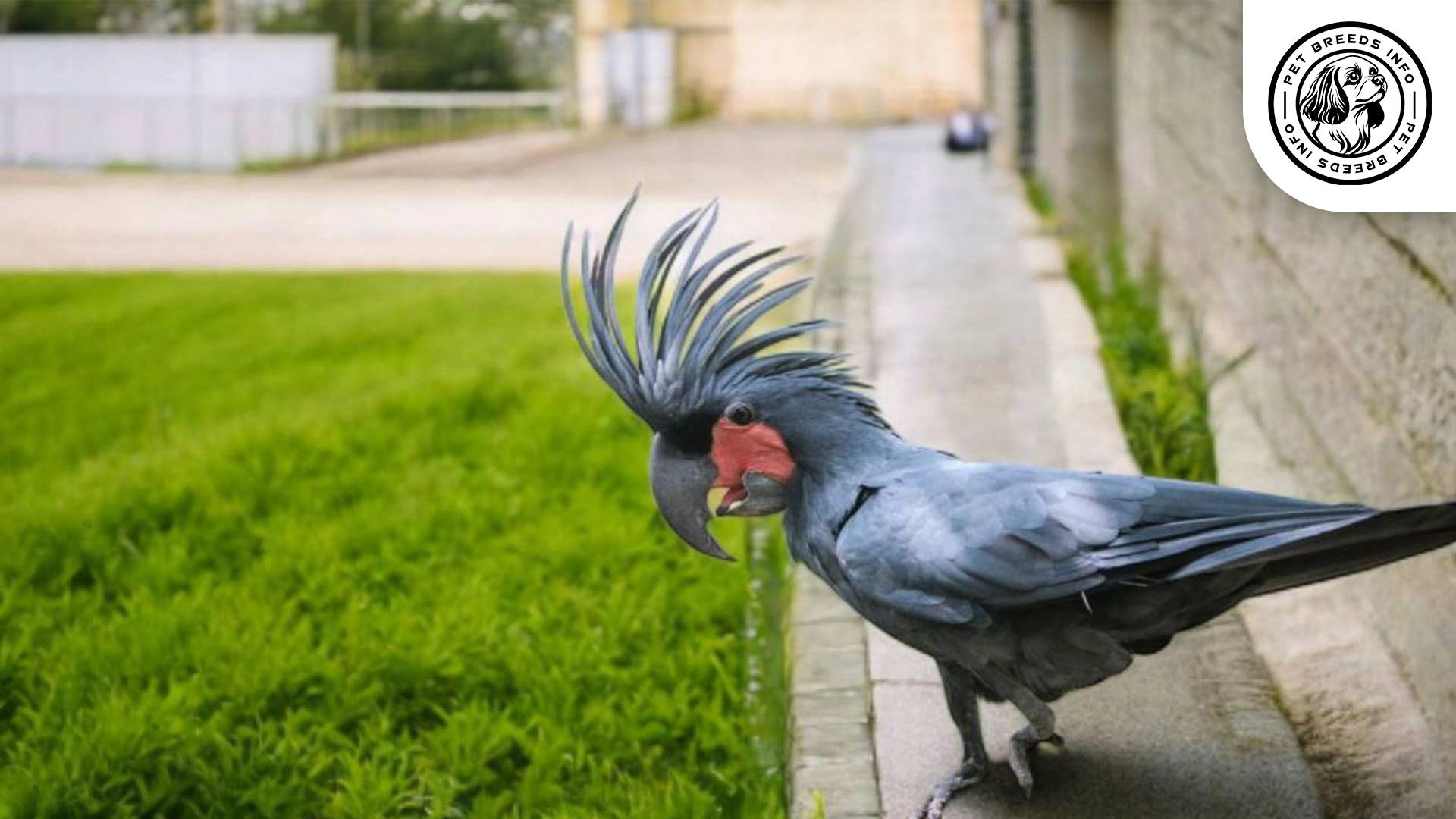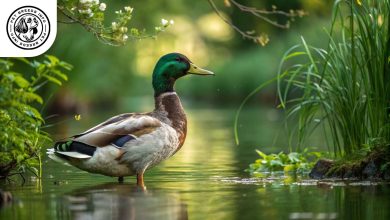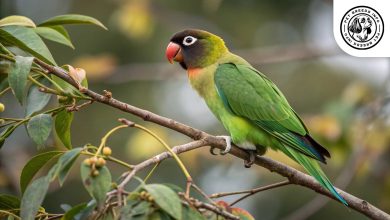Palm Cockatoo Bird: Personality, Lifespan, Food & Care
General Introduction of the Breed
The Palm Cockatoo (Probosciger aterrimus) is a striking parrot species native to Australia, Papua New Guinea, and Indonesia. It is also known as the Black Palm Cockatoo or Goliath Cockatoo. This large, charismatic bird is famous for its intelligence, unique drumming behavior, and imposing black or charcoal-gray plumage.
Palm Cockatoos have a rich history and are considered one of the most unique cockatoo species. They are often observed in the wild in northern Australia and New Guinea, living in tropical forests and savannahs. Their population in the wild is decreasing due to habitat loss, making conservation efforts crucial.
Table of Contents
| Common Name | Palm Cockatoo |
| Scientific Name | Probosciger aterrimus |
| Origin | Australia, Papua New Guinea, Indonesia |
| Size | 55–60 cm (21–24 in); 900–1200 g |
| Lifespan | 50 to 80 years |
| Colors | Black to dark gray with red cheek patch |
| Talking Ability | Moderate; mimics sounds and some speech |
| Noise Level | High |
| Social Behavior | Intelligent, affectionate, territorial |
Physical Characteristics
The Palm Cockatoo is one of the largest cockatoos, with males typically measuring around 55–60 cm (21–24 inches) in length and weighing approximately 900–1200 grams. Females are slightly smaller but display similar features.
It has striking dark plumage, ranging from black to dark gray, along with a signature bright red patch on its cheeks. Its most distinct feature is the large, curved beak, which is one of the biggest among parrots.
The bird’s eyes are round and dark brown, contributing to its expressive appearance. Its crest is large, feathered, and can be raised or lowered depending on its mood. The tail is long and fan-shaped, complementing its unique aesthetic.
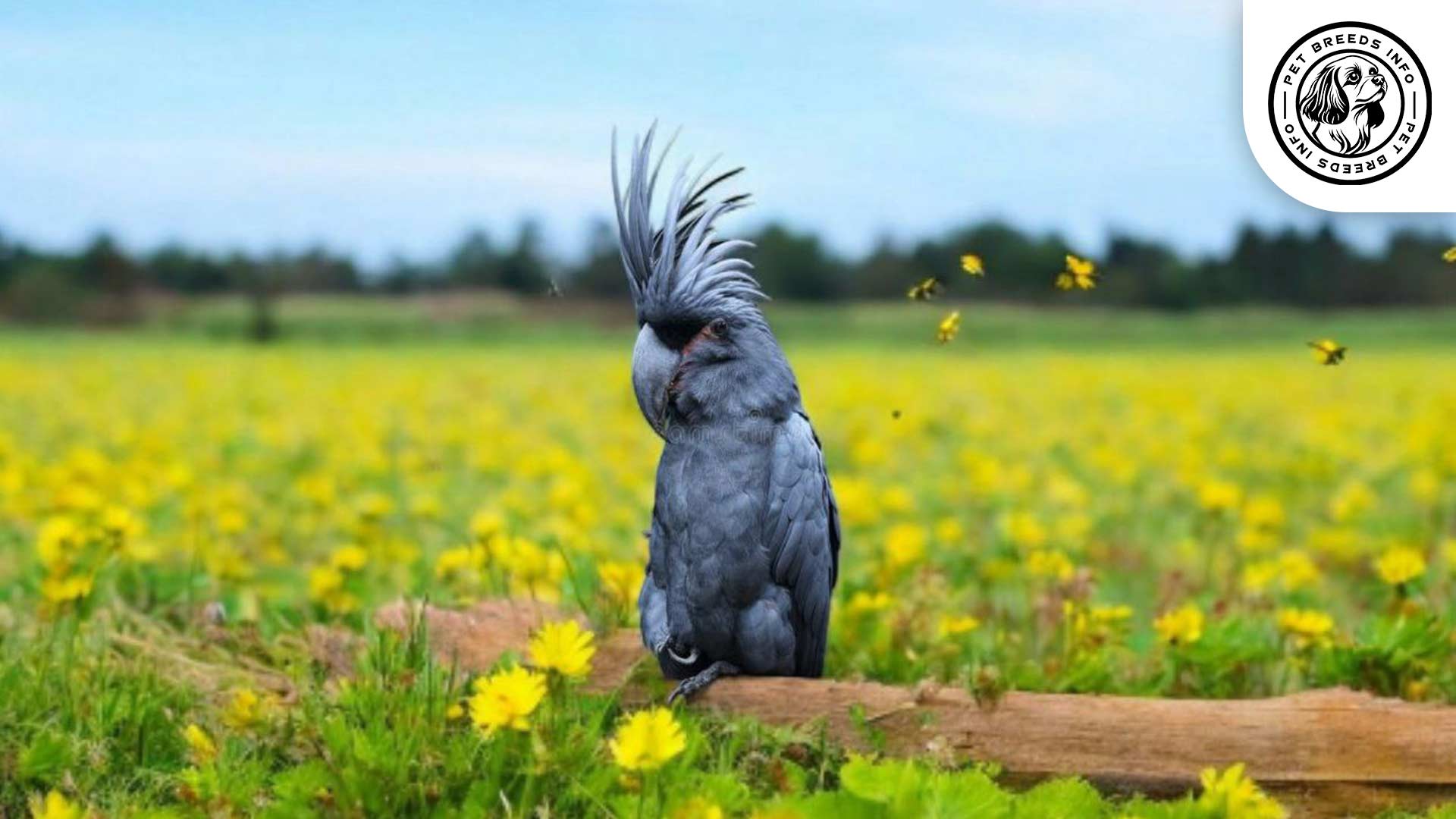
Personality and Temperament
The Palm Cockatoo is highly intelligent and can learn a variety of commands, sounds, and behaviors. It is known for its ability to mimic human speech, although not as fluently as some other parrots.
This bird has a moderate to high energy level and requires regular mental and physical stimulation to prevent boredom. It is known for forming strong emotional bonds with its owners, displaying affectionate but independent behavior.
Palm Cockatoos are typically social but can be reserved with strangers. They interact well with humans and, with proper socialization, can coexist with other birds. Their natural instincts include problem-solving and playful tendencies, often seen in their drumming behavior, where they use sticks to tap on tree trunks.
Read More: Mexican Parrotlet
Care and Maintenance Requirements
Palm Cockatoos require an active lifestyle with plenty of physical and mental exercise. Daily interaction, toys, and space to fly are essential.
These parrots need a large aviary or a spacious indoor bird enclosure. They are not ideal for small apartments due to their size and loud vocalizations.
Grooming includes regular beak and nail trimming, occasional feather maintenance, and daily cleaning of their habitat. Bathing or mist-spraying helps maintain feather health.
They are sensitive to extreme temperatures and require a stable, warm, and humid environment similar to tropical conditions.
Diet and Nutrition
The ideal diet for a Palm Cockatoo consists of nuts, seeds, fresh fruits, and leafy greens. High-quality commercial bird pellets should be included to ensure balanced nutrition.
They require foods rich in healthy fats, such as macadamia nuts and almonds. Fresh vegetables like carrots, bell peppers, and leafy greens help in their overall health.
Avoid feeding them chocolate, caffeine, avocado, and highly processed human foods, as these can be toxic to parrots. Portion control is necessary since obesity can be an issue if overfed.
Health and Common Medical Issues
Palm Cockatoos are prone to certain health concerns, including beak overgrowth, feather plucking due to stress, and respiratory infections.
They require routine veterinary checkups to monitor their health and prevent conditions such as Psittacine Beak and Feather Disease (PBFD) and fungal infections.
The average lifespan of a Palm Cockatoo is around 50–80 years, making them a long-term commitment. Vaccinations are not typically required, but regular parasite control and disease screenings are necessary.
Training and Behavior Management
Palm Cockatoos are intelligent birds that respond well to positive reinforcement training techniques. Encouragement with treats and consistent praise helps establish good behavior.
Early socialization is essential to prevent aggressive tendencies. Training should focus on rewarding desired behavior and discouraging excessive screaming, which Palm Cockatoos can develop if neglected.
Teaching them basic commands and tricks strengthens the bond between the owner and the bird.
Read More: Lutino Lovebird
Interaction with Other Animals and Humans
Palm Cockatoos bond closely with their owners and can be affectionate with proper interaction. They require frequent social engagement to prevent stress-related destructive behaviors.
They can coexist with other birds, but territorial tendencies may arise. Supervision is necessary when introducing them to new pets.
These birds are best suited for experienced bird owners who understand their complex behaviors and high social needs.
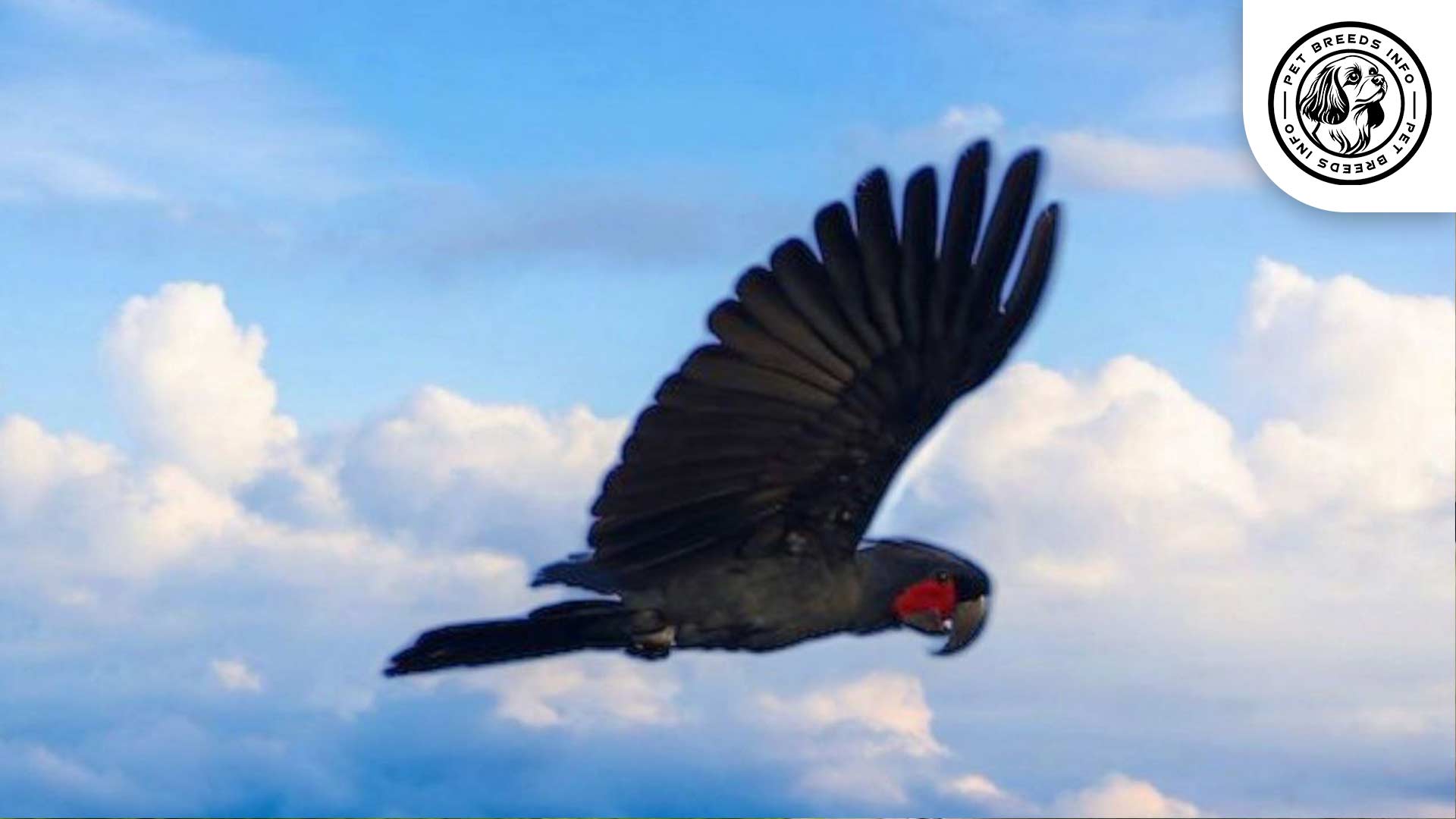
Price and Availability
Due to their rarity and specialized care requirements, Palm Cockatoos are among the most expensive parrots, with prices ranging from $15,000 to $30,000.
They are difficult to acquire and should only be purchased from reputable breeders who prioritize ethical breeding and conservation. Adoption options are limited due to their long lifespan and specific care needs.
Read More: Duclair Duck
Conclusion and Final Thoughts
The Palm Cockatoo is a captivating and intelligent parrot species, best suited for committed and experienced owners who can provide time, space, and mental engagement.
Its ideal living environment includes a spacious aviary with enriching activities to satisfy its physical and mental needs. Prospective owners should consider the bird’s long lifespan, specialized diet, and strong attachment tendencies before acquiring one.
Owning a Palm Cockatoo is a long-term commitment and should be taken seriously, as they require continuous care and attention to thrive.
FAQ
How long do Palm Cockatoos live?
They can live 50 to 80 years, making them a lifelong companion requiring dedicated care.
Is the Palm Cockatoo a good pet for beginners?
No, it needs an experienced owner due to its complex care and emotional needs.
What makes Palm Cockatoos unique?
They drum with sticks, have massive beaks, and form strong bonds with their humans.
What should Palm Cockatoos eat daily?
A balanced diet of nuts, seeds, pellets, fruits, and vegetables is essential.
Can Palm Cockatoos talk?
They can mimic sounds and some words, but they’re not as fluent as African Greys or Amazons.
